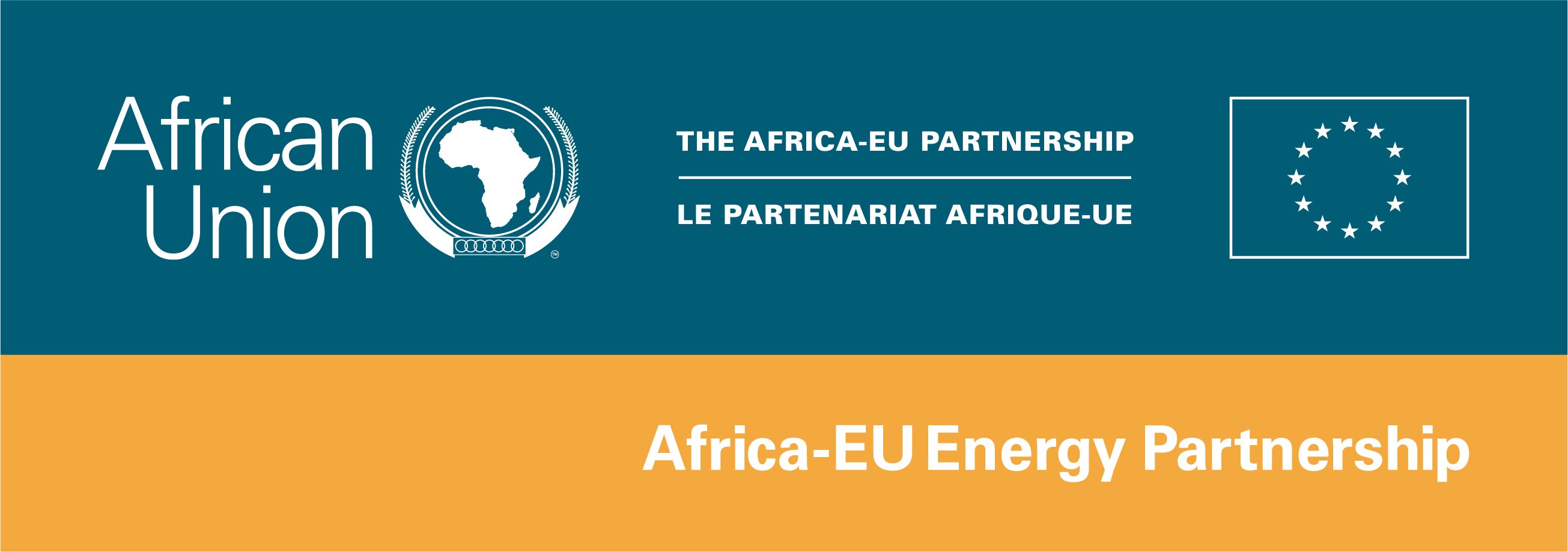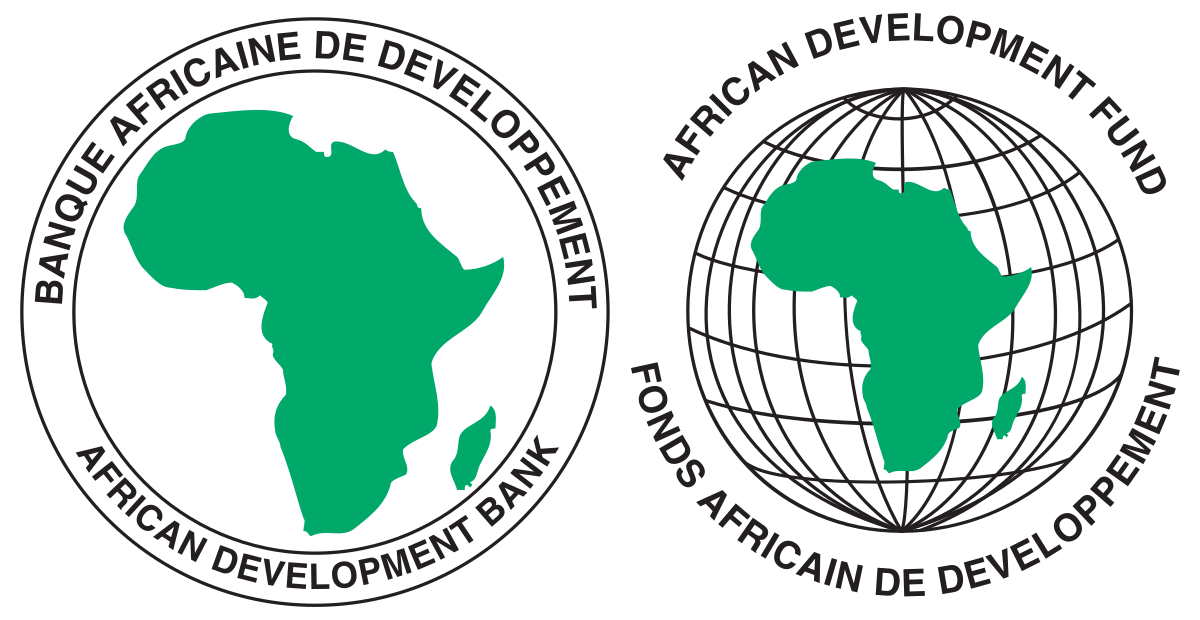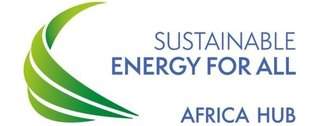
Description
The Africa Clean Energy Corridor (ACEC) is a regional initiative that seeks to secure the accelerated development of renewable energy potential and cross-border trade of renewable power within the Eastern Africa Power Pool (EAPP) and Southern African Power Pool (SAPP). The initiative builds upon the strong political commitment of African leaders to strengthen regional institutions and transmission infrastructure, forming large competitive markets and lowering costs across production sectors. By creating a larger regional electricity market, the ACEC could attract investments to meet 40-50% of power needs in the EAPP and SAPP regions by 2030. Combined efforts will also diversify resource availability, improve energy security and foster investment opportunities and job growth. Scaling up renewable energy also offers a comprehensive opportunity to avoid lock-ins with carbon-intensive infrastructure and leapfrog towards a low-carbon future. Such region-wide renewable energy deployment could cut the annual CO2 emission level in 2030 by 310 Mega tonnes (Mt), translating into 2,500 Mt savings of cumulative CO2 emissions between 2010 and 2030 while increasing electricity supply by 2.5 times.
Development of the ACEC is guided by a Communiqué endorsed by Ministers and heads of delegations from the EAPP and SAPP countries in January 2014. Since then, support for the initiative has expanded exponentially, with the additional engagement of more than 30 governments, regional organizations, development partners and financial institutions. The Communiqué called for an Action Agenda with five main pillars of (i) Zoning and Resource Assessment to identify sites for renewable power generation in areas with high resource potential and suitable transmission routes; (ii) National and Regional Planning to fully consider cost-effective renewable power options; (iii) Enabling Frameworks for Investment to open markets and reduce financing costs; (iv) Capacity Building to plan, operate, maintain and govern power grids and markets with higher shares of renewable electricity generation; and (v) Public Information and Awareness Raising on how the corridor can provide secure, sustainable and affordable energy.
In response to the high interest from other African sub-regions and benefitting from the experiences gained during the initiation and development of ACEC, IRENA initiated the process in 2015 to expand the initiative to West Africa through the West Africa Clean Energy Corridor (WACEC). WACEC aims to support the region’s ongoing efforts to address the key energy challenges, including, increasing power demand-supply imbalance, high cost of power generation, and poor access to energy in coordination and collaboration with all relevant stakeholders.
Main Objectives
Main Activities
Outcomes and Impact
Negotiations involved
Type of Intervention
Annual Budget (in millions)
Currency Used
Patnering Entities
Energy Sectors and Subsectors
Agenda 2063 Focus
Sources
Renewable Energy Zones For The Africa Clean Energy Corridor. October 2015. Multi-Criteria Analysis for Planning Renewable Energy. https://www.irena.org/-/media/Files/IRENA/Agency/Publication/2015/IRENA-LBNL_Africa-RE-_CEC_2015.pdf
https://irena.org/cleanenergycorridors/Africa-Clean-Energy-Corridor





